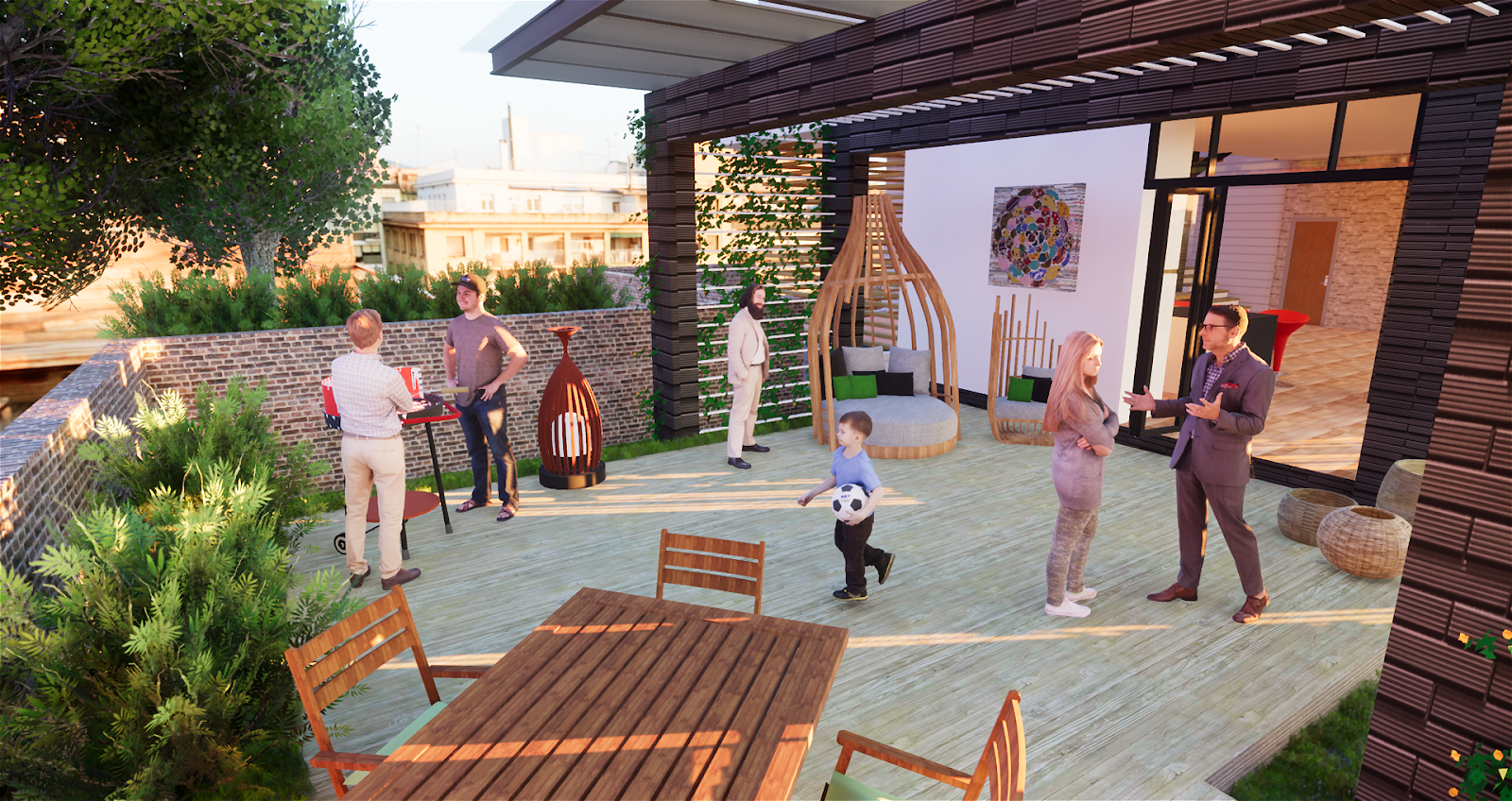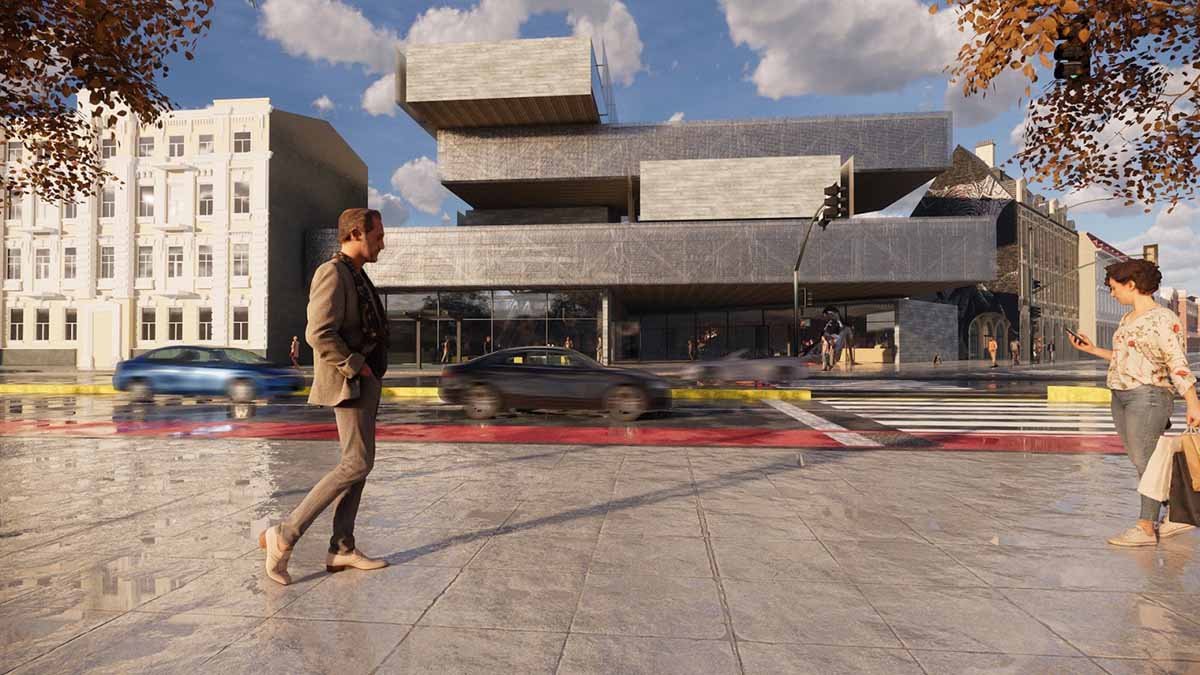
The great benefit of the Asset Library is how quickly you can create scenes like the one above.

If this is the case, simply unhide the “Planting” category and all of your assets will be visible again. TIP: When you place assets in a floor plan view, the elements might automatically be hidden. The Library window will open again and you will see the asset in Revit, represented as low-res geometry. Just click once to place the asset exactly where you want it. The Library window will automatically minimize and your cursor will allow you to place the asset. Select the appropriate level and the asset you want to place by clicking on it. The easiest way to add an asset in Revit is to place it in a floor plan view.
ENSCAPE ASSET HOW TO
Let’s take a look at how to place your assets in the different CAD programs. The asset is then automatically added to your project in real time. With Enscape version 3.2 and above, you can also place an asset directly into the Enscape rendering window. You can also press the Esc key on your keyboard at any time during placement to abandon the asset and return to the Library window. While you are placing the asset in your CAD program, the Library window will minimize, and return when you have finished the placement. Select an asset to place it into your project. At the top left you can also search for specific assets by name. When you hover your mouse over an asset, you will see its name and a short description. Click on a category to see the available assets. When you open the Asset Library directly from within the Enscape rendering window, you also have the option to place multiple assets.įrom the CAD toolbar, the Asset Library will open in a separate window and show all available assets grouped by category. You can then move, rotate, and scale them in the Enscape rendering window (rotation is not available in Revit). When you open the Asset Library from the CAD toolbar, you can select individual assets and place them directly into your model.

ENSCAPE ASSET SOFTWARE
The Asset Library can be opened either through your modeling software or via the Enscape rendering window (via the asset button or by pressing 'L' on your keyboard):Īsset Library icon on your modeling software toolbar:Īsset Library icon within the Enscape rendering window: To get started, let's start by looking at how you can maximize your use of the Enscape Asset Library. We'll discuss that later on in this article. With our Custom Asset Library, you can import your own models into your projects. There may also be times when you'd like to use a very specific model that's not in the Enscape Asset Library. You no longer have to spend extra time searching for the right tree model or vehicle: they are now right at your fingertips. The Enscape-ready assets can be added to your project in seconds, simplifying your workflow immediately. This handy tool saves you time by delivering 3D-ready models of people, vegetation, furniture, accessories, lighting, and much more for your projects in Revit, SketchUp, Rhino, Archicad, and Vectorworks. Over 3,000 high-quality and ready-to-use assets are available, making it incredibly easy for you to locate, place, and position assets within your projects. What is the Enscape Asset Library?Įnscape’s real-time visualization tool comes with its very own Asset Library. In this article, we take a look at the Enscape Asset Library and provide you with some best practices to help you get the most out of it.

Adding 3D assets to your project is a great way to add context and bring your scenes to life it can make all the difference during a presentation.


 0 kommentar(er)
0 kommentar(er)
